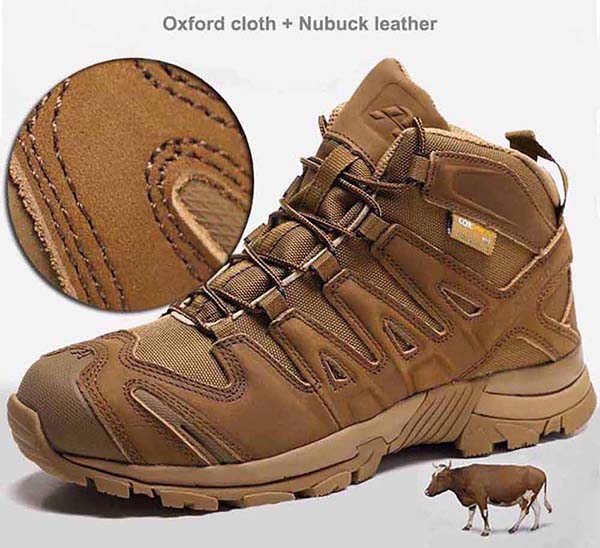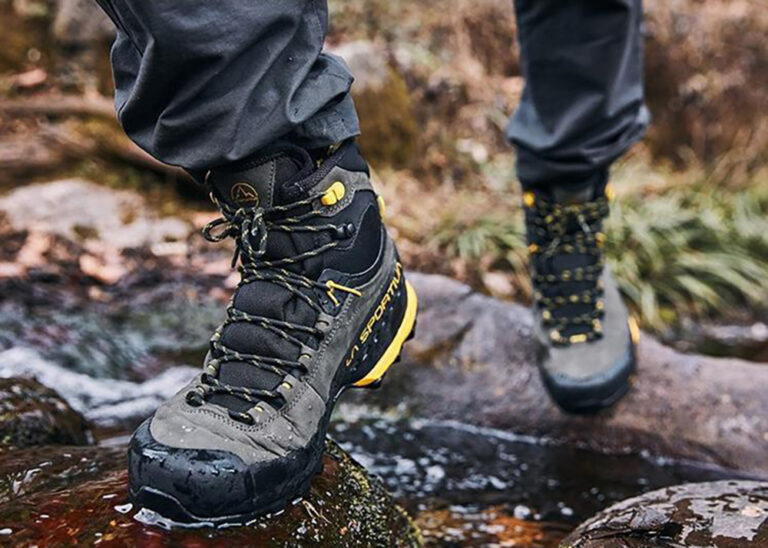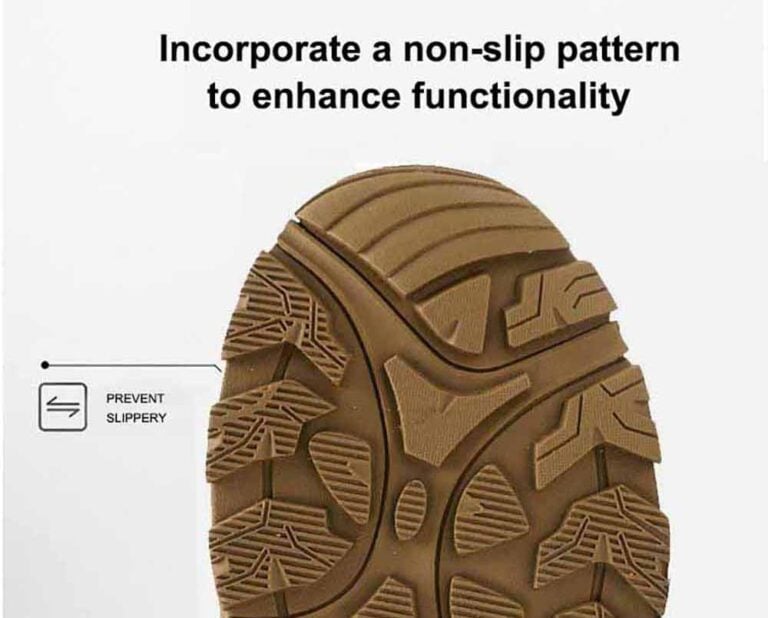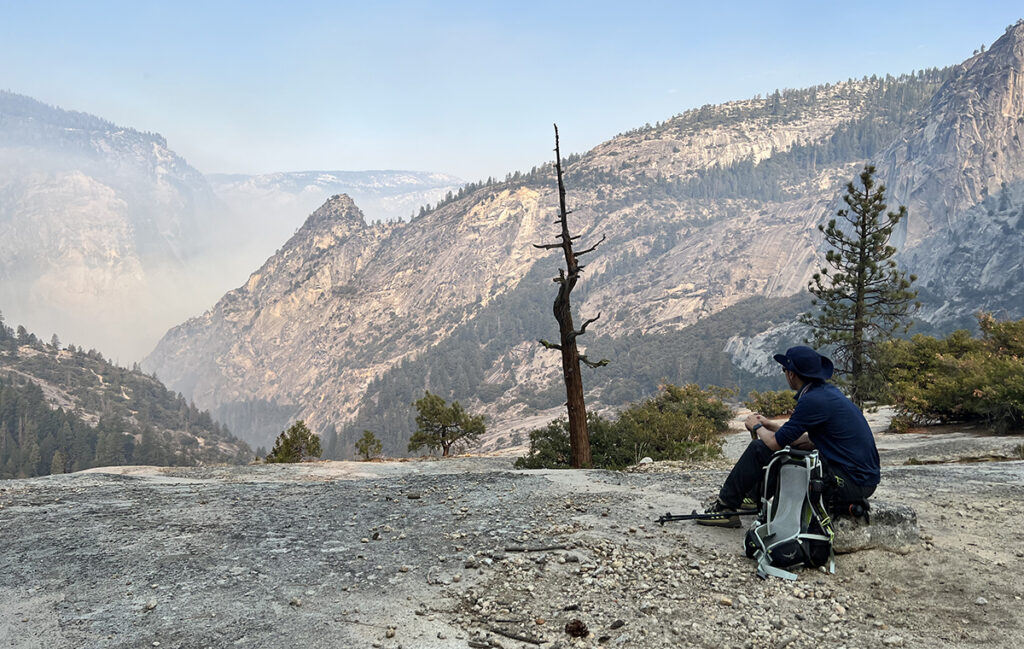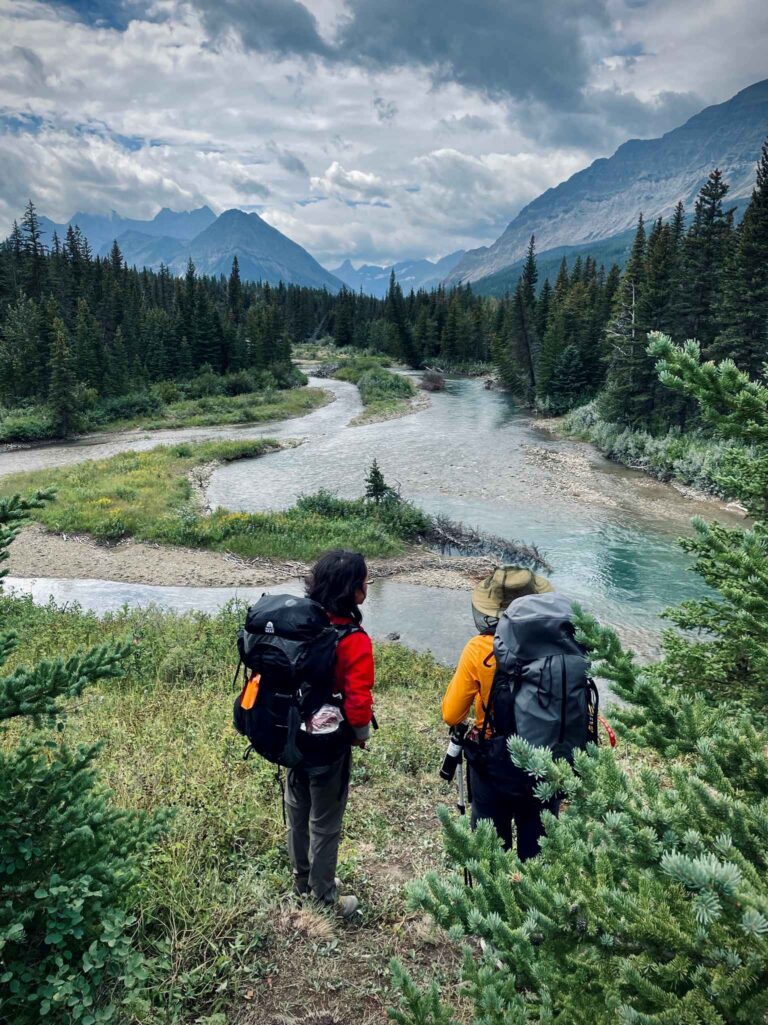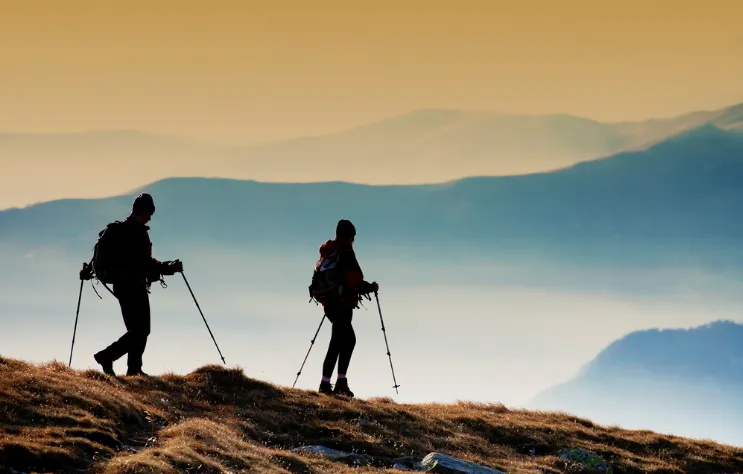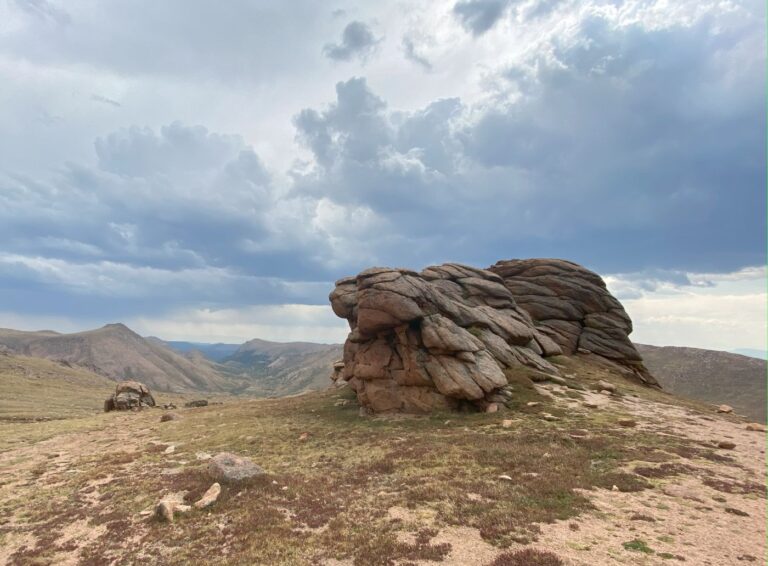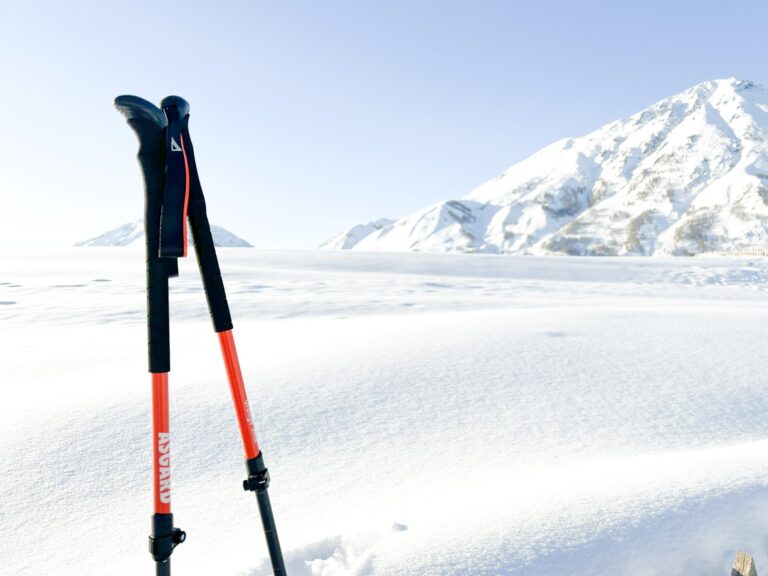What to wear hiking? This is a important problem for many hikers.Especially, hiking boots are the core equipment for hikers. Choosing the right boots can significantly improve comfort and safety.
However, there are many types of hiking boots on the market, involving many factors such as materials, functions, and terrain adaptability.
We will analyze the advantages and disadvantages of hiking boots in detail from at least 8 key aspects, and provide selection suggestions based on different scenarios to help readers make wise decisions based on their needs.
The following content covers multiple dimensions such as activity type, terrain, foot health, weather, waterproofness, grip, weight, material (genuine leather, polyester, synthetic leather), durability, price, special functions and maintenance.
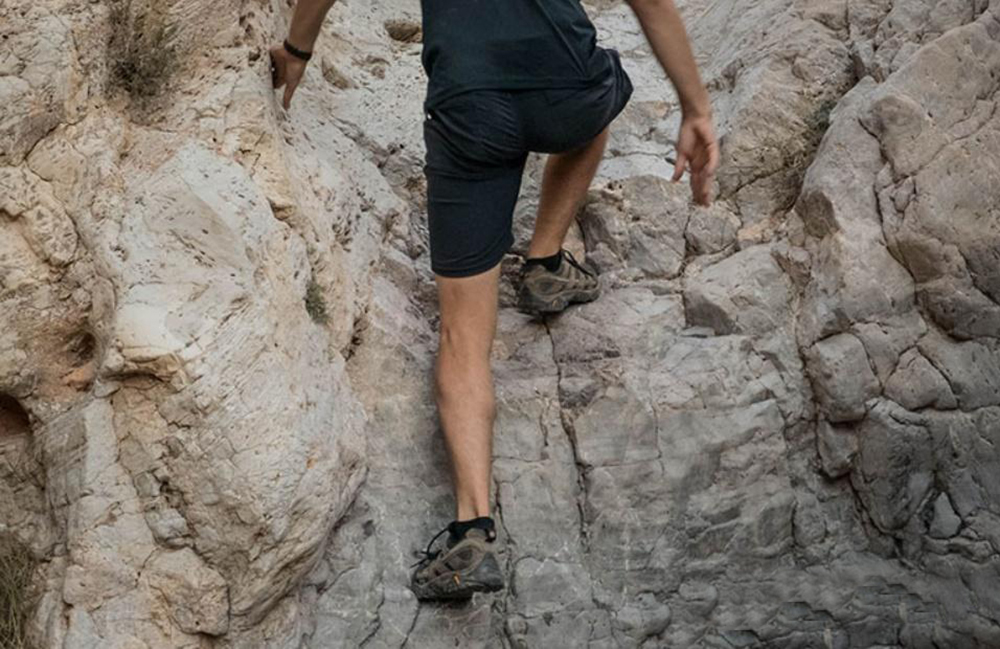
Activity Type and terrain
Descriptions
- Daytime short hikes: Suitable for lightweight, low-top hiking shoes or hiking shoes that provide flexibility and comfort, suitable for flat or slightly sloping terrain.
- Multi-day backpacking hikes: Need to choose medium-high-top hiking boots to support heavy loads and complex terrain, such as mountain trails or wild crossings.
- Rugged mountain roads or complex terrain: such as rocky, muddy or steep terrain, high-top boots are needed to provide ankle support to prevent sprains.
Advantages and disadvantages
- Lightweight low-top shoes: The advantages are flexibility, lightness, and comfort, suitable for day hiking, but lack of support and easy to get injured on rugged terrain.
- Medium-high-top backpacking boots: The advantages are strong support, suitable for heavy loads and complex terrain, but heavy weight, which may increase long-distance fatigue.
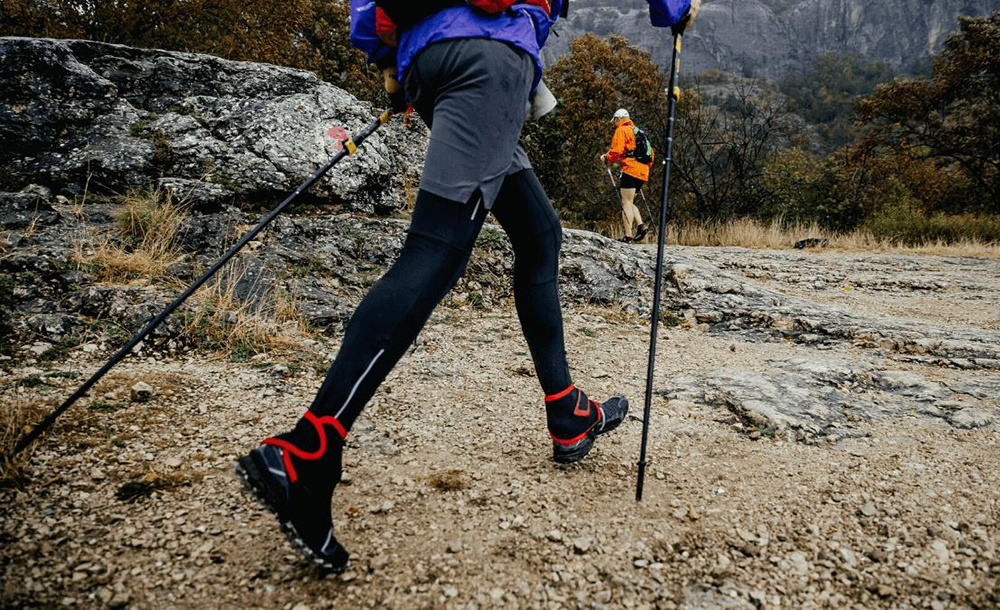
Hiking Boots Materials
Material selection affects the durability, weight and comfort of hiking boots
Genuine leather (such as cowhide): including full-grain leather, cracked leather and suede, full-grain leather is the most durable.
Advantages
- Extremely durable, suitable for rough, rocky or thorny terrain.
- Provides good foot and ankle protection, suitable for wet environments.
- With use, the leather will gradually adapt to the shape of the foot and increase comfort.
Disadvantages
- Heavy weight, may increase fatigue on long-distance hikes. Poor breathability in hot weather, which can easily cause feet to sweat.
- Especially full-grain leather, which requires a long break-in period. Repeated immersion and drying may make the leather hard and affect comfort.
Applicable scenarios: Suitable for multi-day backpacking, technical terrain, or hikers who need long-term use.
Synthetic materials (polyester, nylon, synthetic leather): Lightweight, often used in daily hiking boots.
Advantages
- Lightweight, suitable for day hikes or hot weather.
- Short break-in period, can be used immediately.
- Good breathability, fast drying, and relatively low price.
Disadvantages
- Not as durable as leather, especially in highly abrasive terrain.
- Poor waterproofing unless paired with a waterproof membrane.
Applicable scenarios: Suitable for short day hikes or dry, hot environments.
Foot Health
The health of the feet directly affects the choice of hiking boots, especially the ankles and arches.
Details
- If you have a history of ankle injuries or instability, you need to choose high-top boots for extra protection.
- Hikers with high arches need to choose midsoles with good shock absorption (such as EVA), while flat feet need solid midsoles for support.
- When trying on, pay attention to whether your feet slide and whether they provide enough support.
Pros and cons
- High-top boots: Advantages: They can protect the ankles, are heavy, and are suitable for unstable terrain, but they may not be breathable.
- Cushioning midsole: Reduces impact, very suitable for long-distance hiking, but may not be durable enough on rough terrain.
Weather and environmental conditions
Weather conditions have an important impact on the choice of hiking boots, especially in wet or cold environments.
Details
- Waterproof boots are needed in wet or rainy areas to prevent feet from getting wet.
- Dry or hot areas prioritize breathability to prevent feet from sweating.
- Warm boots are needed in cold environments, suitable for snow or high-altitude hiking.
Advantages and Disadvantages
- Waterproof boots Dry in rainy days, suitable for humid climates Easy to sweat in hot days, but poor breathability.
- Breathable boots Keep cool in hot weather, but may get soaked in rainy days.
- Warm boots Keep warm in cold environments, heavy weight, suitable for specific environments such as snowy mountains and polar regions.
Waterproof and breathability
Waterproof and breathable are important functions of mountaineering boots, but the two are often contradictory.
Waterproof boots (such as Gore-Tex) are suitable for rainy days or wet places, but may reduce breathability and cause sweating of feet.
Non-waterproof boots are lighter and suitable for dry environments, but they are easy to get soaked in rainy days.
Advantages and Disadvantages
- Waterproof hiking boots: Keep feet dry in rainy days, suitable for humid climates, but they are easy to sweat in hot days and have poor breathability.
- Non-waterproof hiking boots: Lightweight, breathable, suitable for dry environments, but easy to get wet in rainy days, need extra protection.
Grip and stability of the sole
The grip of the sole directly affects the performance on different terrains.
Details
- Deep-grained soles are suitable for muddy or loose terrain and provide better grip.
- Shallow-grained soles are suitable for rocks or hard ground, with greater stability and wear resistance.
- The rubber material affects the grip, soft rubber is more sticky but easy to wear, hard rubber is more durable but has slightly weaker grip.
Pros and cons
- Deep-grained soles: Strong grip on muddy ground, suitable for slippery environments, but easy to wear on hard ground, and heavier weight.
- Shallow-grained soles: Stable on rocky ground, good wear resistance, but insufficient grip on muddy ground.
Weight and Comfort
The weight of hiking boots affects the degree of fatigue during long-distance hiking.
Details
- Lightweight boots (2 pounds or less, US men’s size 11) are suitable for daytime hiking and reduce foot fatigue.
- Medium-heavyweight boots are suitable for backpacking and provide better support, but may increase fatigue.
Pros and Cons
- Lightweight boots: Reduce fatigue, suitable for day hikes, may not provide enough support and durability
- Medium-heavyweight boots: Provide support, suitable for backpacking, heavier weight, may increase fatigue for long distances
Durability
Durability is key to long-term use, especially in difficult environments.
1. Details
- Leather boots: More durable, but require regular maintenance (such as waterproofing).
- Synthetic boots: Less durable, but easier to maintain.
2. Pros and Cons
- Leather: Durable, suitable for rough terrain, but heavy, requires maintenance, and has a long break-in period.
- Synthetic: Light, easy to maintain, short break-in period, but less durable, easy to wear.
3. Maintenance
- Leather boots: Use a waterproofer (such as Nikwax or Atsko SNO-SEAL) regularly.
- Synthetic boots: Just clean and dry.

Price and Value for Money
Price is a factor that many people consider, but it needs to be weighed against value for money.
Details
- Low-priced boots are suitable for beginners or occasional hikers and provide basic functions.
- High-priced boots offer better materials and features, and are suitable for professional hikers.
Pros and Cons
- Low-priced: Affordable, suitable for beginners, but usually lacking in durability and features.
- High-priced: Good materials, full features, durable, but high initial cost, which may exceed demand.
Here are some suggestions for different scenarios
- Daytime short hikes (flat terrain): Choose a lightweight low-top shoe such as the Salomon X Ultra 4 Low, focusing on breathability.
- Multi-day backpacking (heavy load): Choose a mid-high waterproof boot such as the Salomon Quest Gore-Tex for support.
- Rough terrain (rocks, mud): Choose a high-top boot such as the Danner Mountain 600, with a deep-grooved sole.
- Cold and high altitude: Choose a warm and waterproof boot such as the Lowa Renegade Evo.
- Casual hikes around the city: Choose a comfortable and breathable boot such as the Merrell Moab Speed 2, which is moderately priced.
References
<The 8 Best Hiking Boots> – https://www.rei.com/learn/expert-advice/the-best-hiking-boots.html
<How to choose hiking boots> – https://www.outdoorgearlab.com/topics/shoes-and-boots/best-hiking-boots-men/buying-advice


